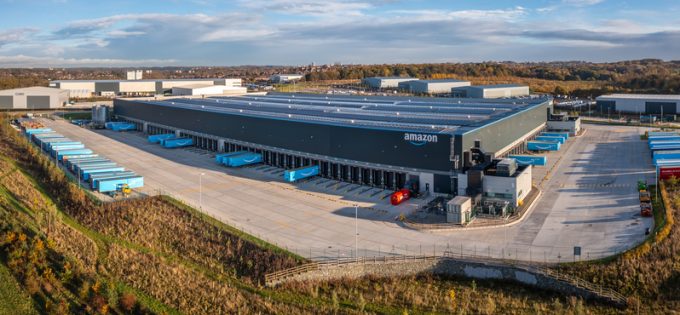Walmart, tariffs, and China: a cautionary tale
The Chinese ministry of commerce has held talks with Walmart, after the US retailer said ...

Amazon has been a relentless driver of change in the ecommerce arena, forcing competitors to try to catch up in a robust push for faster deliveries.
But in a twist of the plot, losing ground to Walmart and low-cost Chinese players Temu and Shein, the behemoth has been forced to change strategy.
In the past two years, Amazon rented out its unused warehouse capacity as the pace of ecommerce growth slowed, leveraging its network to accelerate the pace of deliveries. But today ...
Volcanic disruption at Anchorage could hit transpacific airfreight operations
Macron calls for ‘suspension’ – CMA CGM's $20bn US investment in doubt
Forwarders stay cool as US 'liberation day' tariffs threaten 'global trade war'
Shippers snap up airfreight capacity to US ahead of tariff deadline
De minimis exemption on shipments from China to the US will end in May
Tighter EU import requirements proving 'a challenge' for forwarders
Looming Trump tariffs will create 'a bureaucratic monster' for Customs

Comment on this article